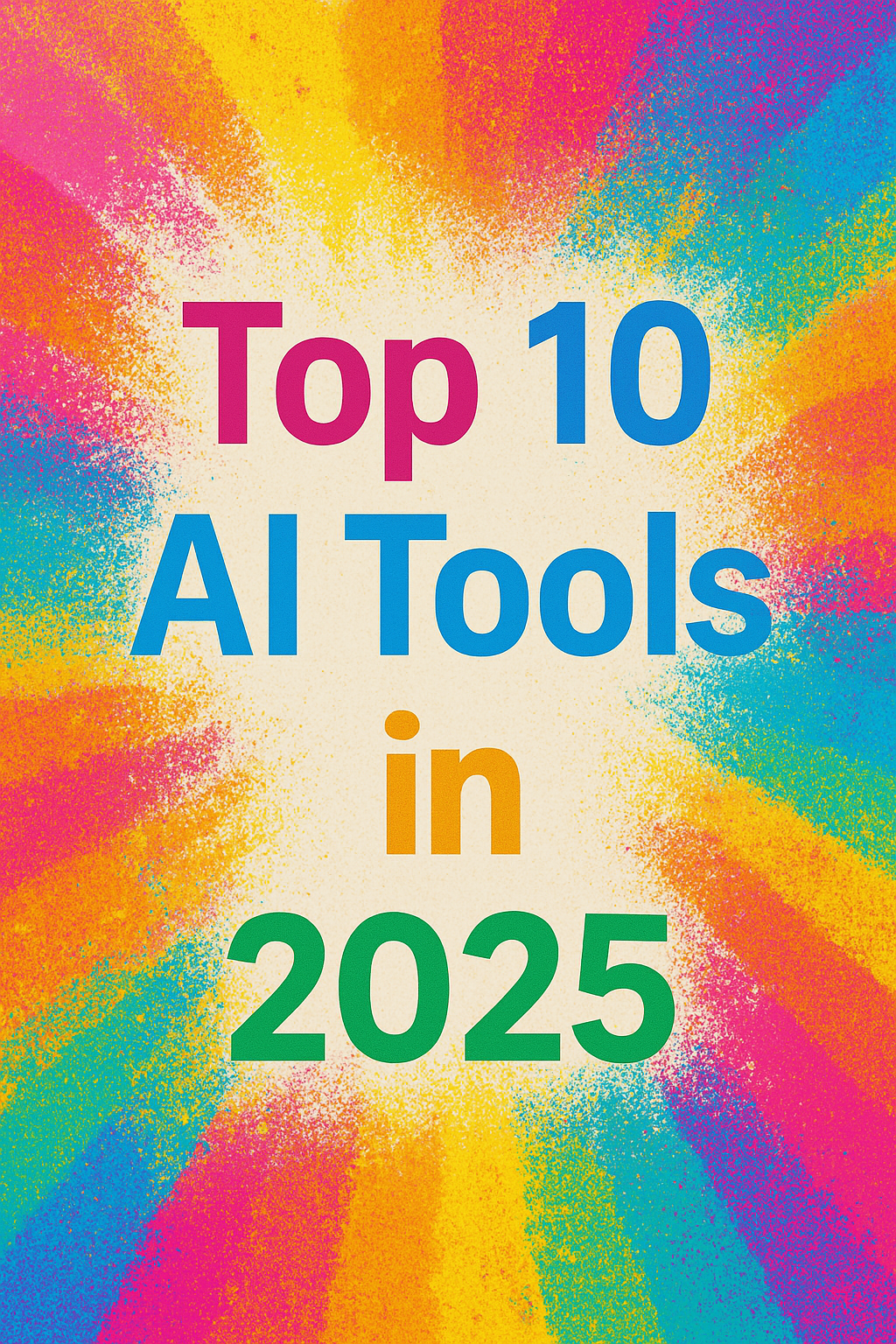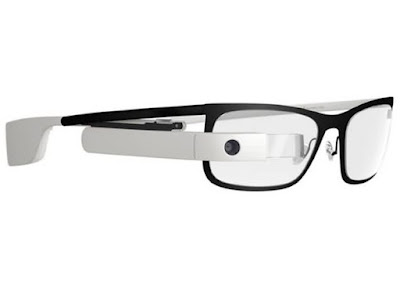Hello Friends, In this video i am going to show how to use
Google drive. Google drive is an app by Google. You can use Google drive
to save your data online. It is totally safe and reliable. Save your
documents on google drive and use it anywhere and anytime. Google Drive
is very useful to save data online. There is 15Gb of space per account
on google drive. You can upload anything on Google drive such as
Pictures, Documents, Files, Data etc. up to 15GB. So, watch this video
learn how to use Google Drive. If you have any questions regarding



































